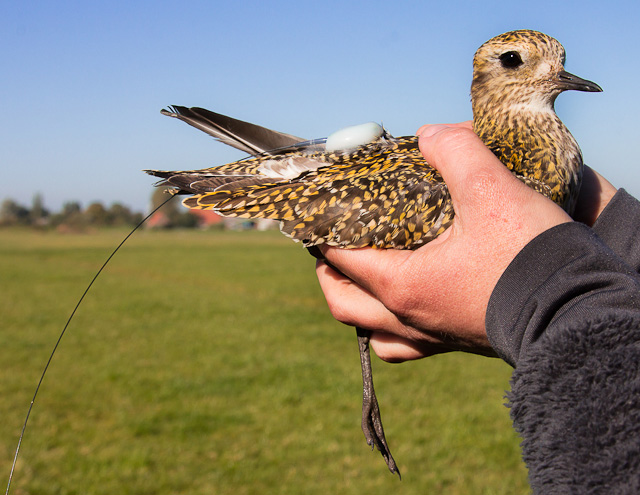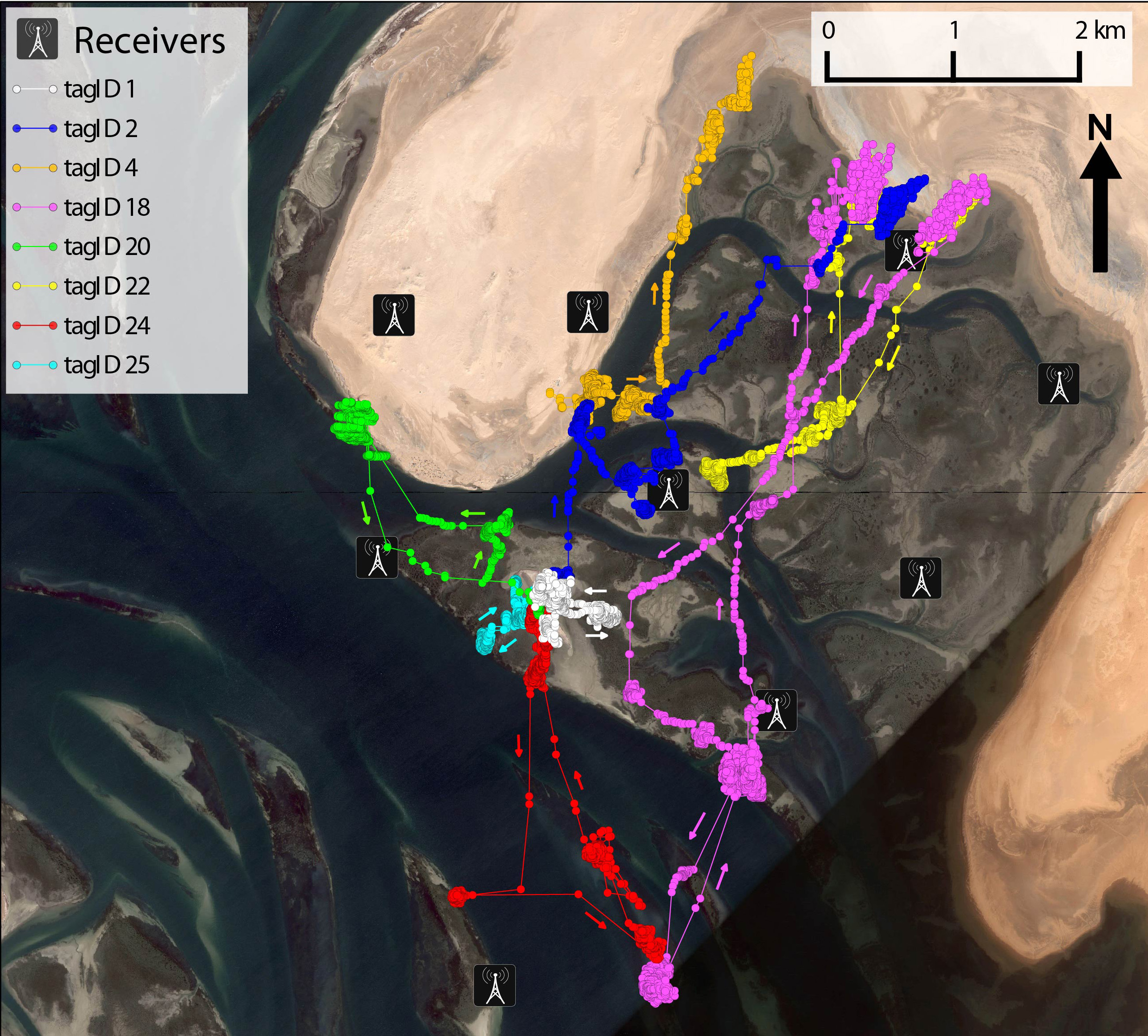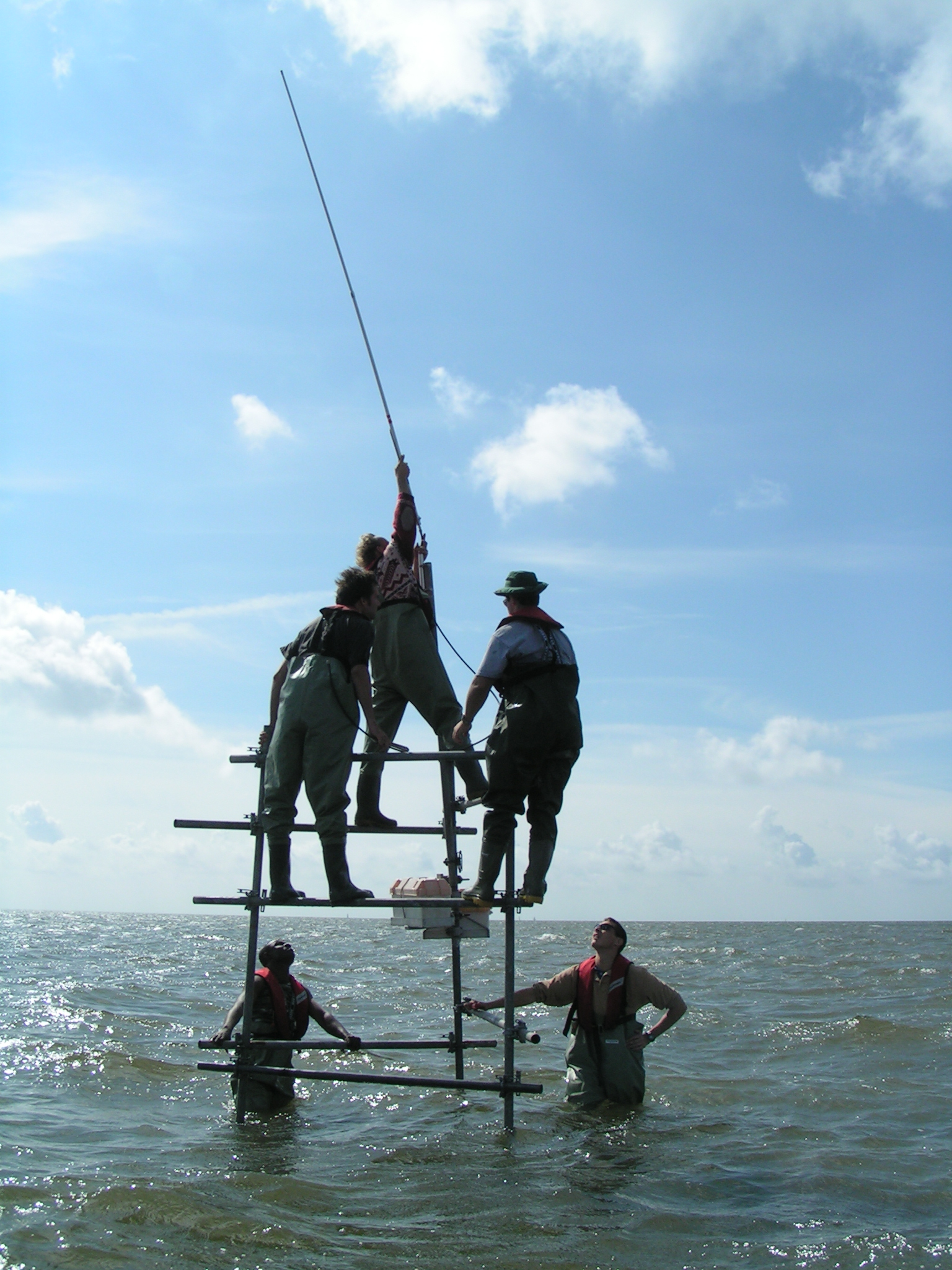Automated Biological & Ecological Sensing
Embedded, networked, data gathering and analysis sensors have the potential to radically improve our understanding of complex biological systems; however, the operational requirements of these sensors (low-mass, low-cost, small-size) are in conflict with the desire for long lifetimes, since electrochemical battery technology has not followed the same Moore's-Law trajectory that micro-circuits have. Techniques for energy management, such as efficiency, energy-aware-operation, and energy harvesting will be essential to the success of persistent embedded sensors.
I design and deploy small, robust, low-cost, and long-lived biosensing instruments that address these energy challenges and radically extend data-gathering capabilities, with applications ranging from wildland management to eldercare. This work, which began prior to my graduate studies, has been in progress for ten years and demonstrates my efforts in collaborative research and in seeking funding. I've had an impact in this area by partnering with ecologists to develop and deploy new scientific tools that automate the collection of data that was previously difficult or impossible to obtain. Examples include: a time-of-arrival radio tracking system that is uses 1000x less energy-per-fix than GPS, the world's lightest acceleration logger and solar geolocation trackers, and a low-cost computed tomography system to nondestructively measure crop root growth. All of these tools are in active use, and I have collaborations underway to refine these designs and create new capabilities.
Time-of-arrival Tracking
Location information is a requirement common to many applications, and though GPS is now a ubiquitous technology, the size, cost and energy consumption of GPS receivers limit their use. For example, fewer than 15 percent of bird species are large enough to carry currently available GPS trackers, which require a relatively heavy battery. To address this limitation, I designed and built an alternative radio-frequency locating system that uses pseudorandom-encoded transmissions from very small mobile units (tags) to locate mobile transmitters using a matched filter detector approach based on time-of-arrival. This method uses 1000x less energy at the tag than GPS, is capable of tracking several hundred transmitters simultaneously with no operator intervention, has high spatiotemporal resolution (+/- 10 m, 1 second position updates), and uses tags (Fig 5.A) that are inexpensive (<$50), long-lived (years), and lightweight (<1 gram).
Papers:
- Proc. Royal Soc. B paper on Red Knot foraging behavior
- Limosa (Dutch) system description
- IEEE/Wiley Handbook of Position Location chapter on technical approach
- Journal of Communications paper on approach
- European Wireless Tech. Conf. paper on the TOA tracking system (best-paper runner up)
Videos:
Energy Harvesting
Free-flying organisms can carry a small percentage of their body mass as additional payload; for birds the widely-used guideline is 3%. This means that roughly half of all bird species can carry no more than 1 gram of added payload, which imposes a very tight mass budget on the design of any systems added to them in order to monitor their behavior. The mass-specific energy density of electro-chemical batteries has improved slowly over the years, but there is currently no battery than can provide sufficient energy storage per gram to enable multi-year tag lifetimes, a duration which has significant behavioral relevance. For this reason, I have investigated and developed various forms of energy harvesting as a supplement to tag batteries, focusing on vibration harvesting (for nocturnal animals) and solar harvesting. Because the exact amount of energy that will be harvested during the tag's deployment cannot be known a priori, this work also incorporates energy-aware computing to manage the energy stored on the tag.
Papers:
- Making the case for vibration harvesting on flying animals
- Testing vibration harvesting on a free-flying bird
- Predicting the amount of energy available from flying wildlife
- Generating useful energy from insect flight
- Analysis of insect flight applied to vibration harvesting
- A method for applying energy harvesting to flying animals
- Managing multi-source harvesting
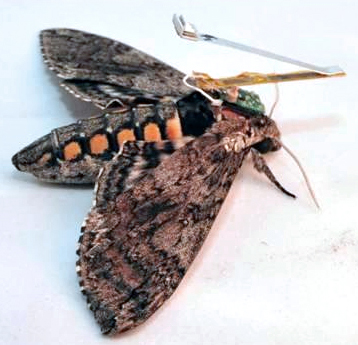 |
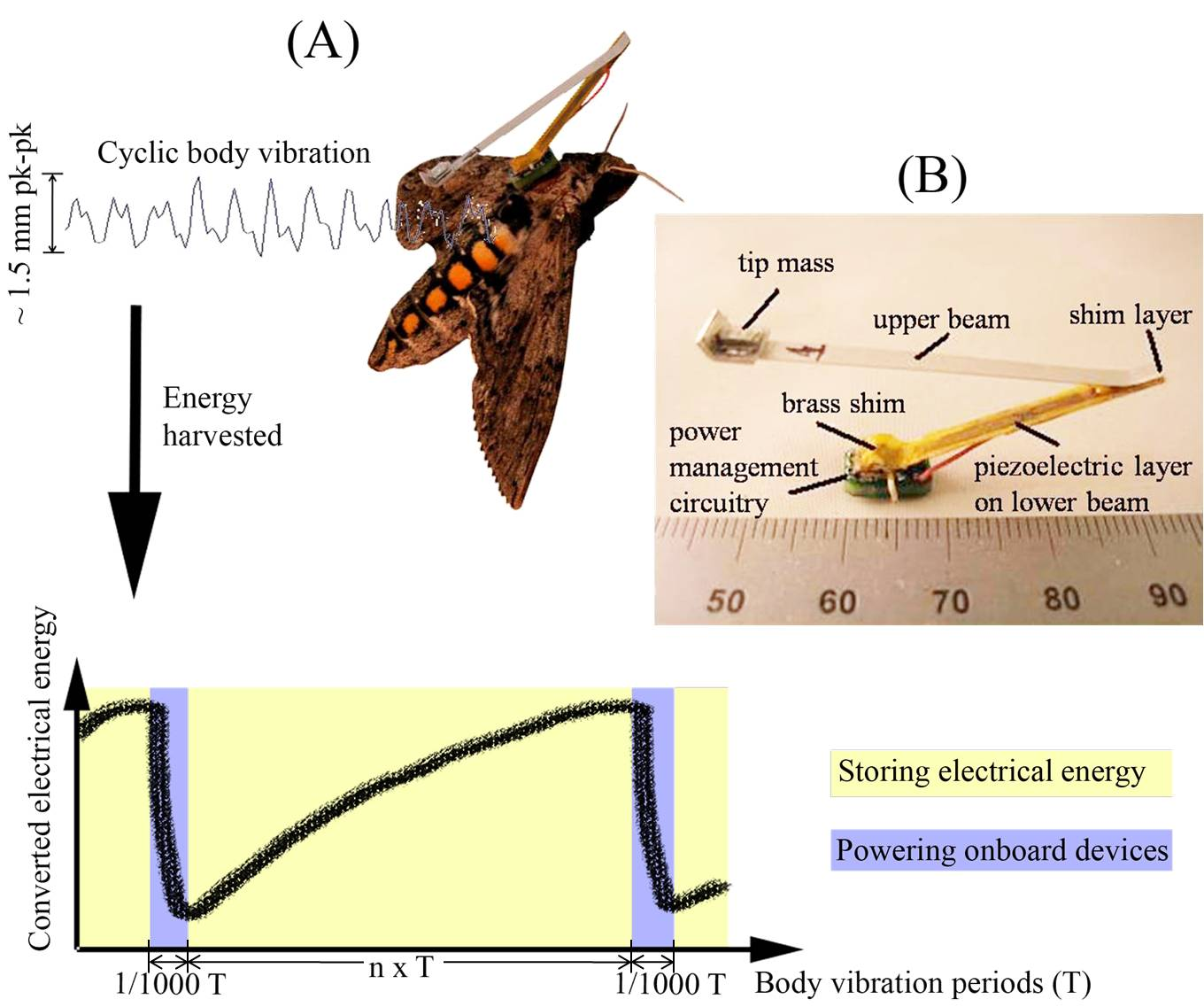 |
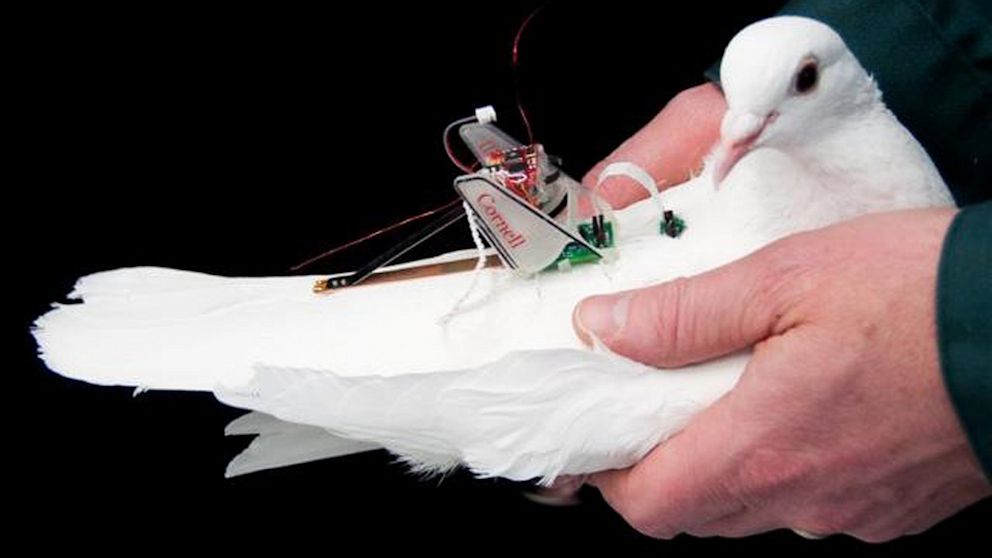 |
Software-defined Tags
Existing wildlife monitoring devices (tags) are special-purpose custom designed tools that are built specifically for a particular user or experiment. This makes them slow to produce, expensive, and difficult to adapt to new study scenarios or technological changes. Instead, my collaborators and I have recently designed and built a software-defined tag that is very lightweight (300mg) and is solar-powered, allowing an indefinite lifetime. This tag can be adapted for use with existing tracking receivers (OOK), data telemetry receivers (ASK,FSK,FM), or with time-of-arrival receivers.
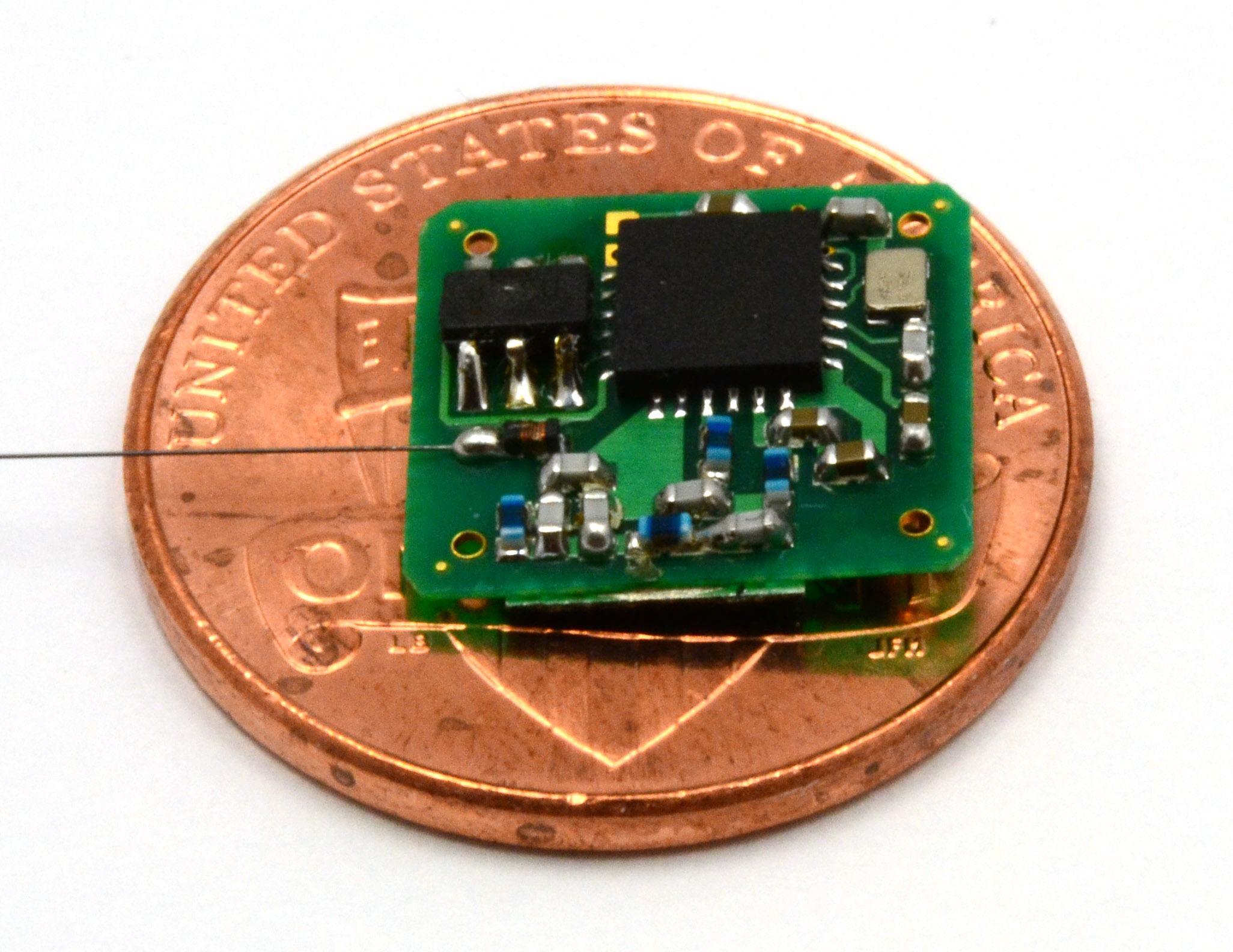 |
 |
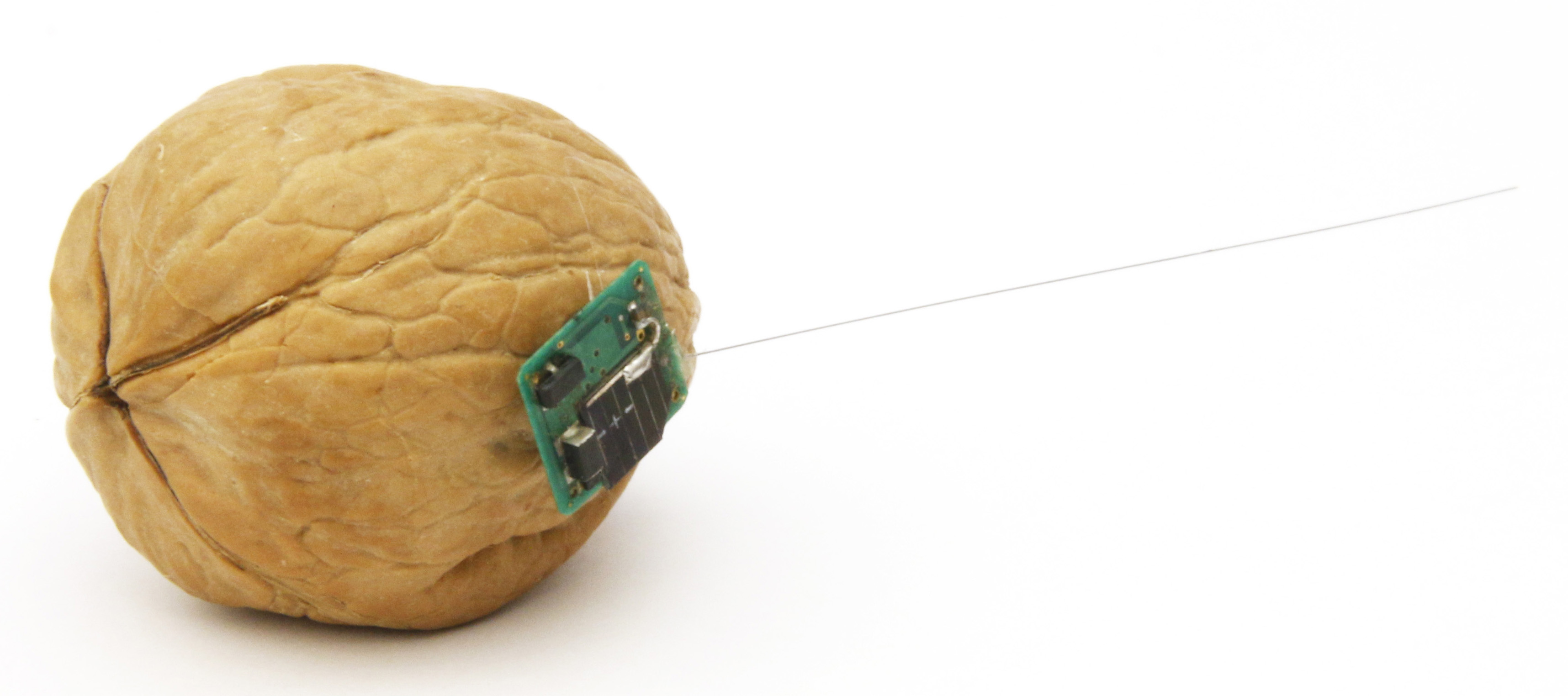 |
Autonomous Ocean-bottom Acoustic Recorder ("popup")
Marine animals have evolved to utilize acoustic communication; marine animal scientists can exploit natural vocalizations to learn about wildlife behavior without ever interacting with (tagging) the animal. I led a team of engineers at the Cornell Lab of Ornithology who designed a fleet (>200) of underwater recording systems that have been deployed throughout the world's oceans. After deployment, these recorders sit on the ocean floor, recording according to a schedule, and can do so for more than a year. When commanded to resurface, the "popup" releases an anchor and floats back to the surface for retrieval, after which its data can be read.
See the Cornell Lab of Ornithology Bioacoustics Research Program site.
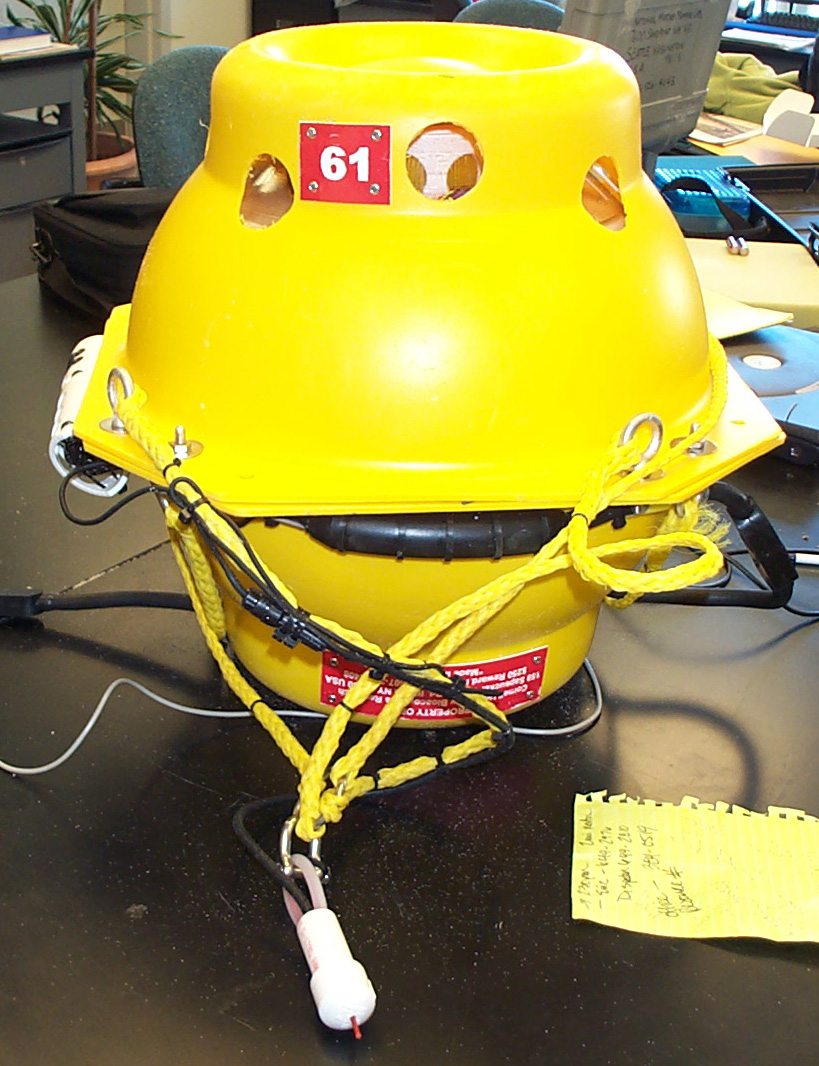 |
|
|
|
Terrestrial Autonomous Acoustic Recorder
Like the marine application above, terrestrial acoustic signals can be used to assess wildlife behavior, including abundance, and spatio-temporal patterns. Synchronized recorders permit arrival-time based estimates of position.
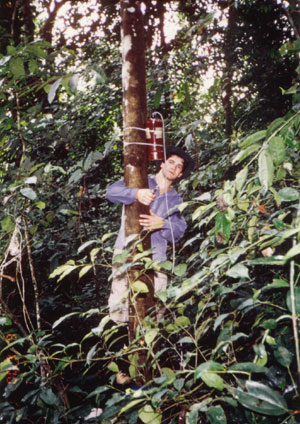 |
|
|
|
